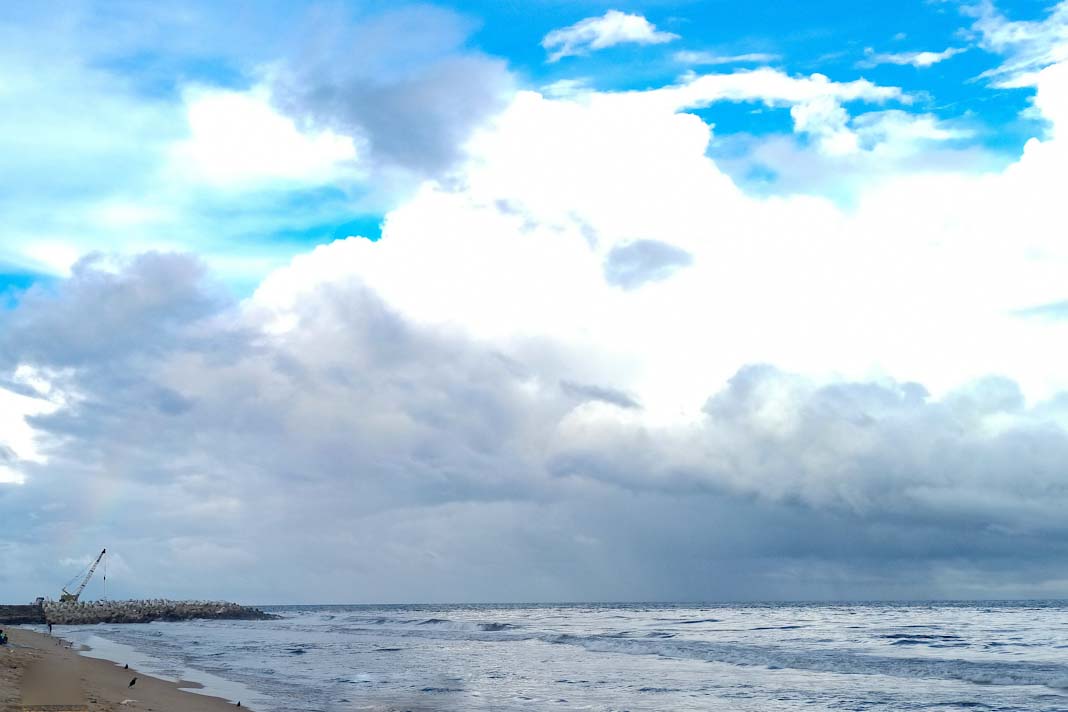 IMCA reports of an incident where a crew member suffered a finger injury during anchor handling.
IMCA reports of an incident where a crew member suffered a finger injury during anchor handling.
What happened?
A crew member suffered a serious finger injury when he got his finger trapped. The incident occurred when a vessel had been installing mooring elements, suction anchors and mooring chain. Whilst handling chain, the injured person got his finger squeezed when loosening a bolt (pin) from the central part of a Kenter link (Kenter heart). He went to see the medic onboard and was treated but was unable to do any practical work on deck the next day. When the vessel arrived back in port he was sent for X-rays, which revealed that the fingertip was fractured. He was then sent home on sick leave.
What went right
The injured person was just hired and had a positive learning attitude to the job and felt that he was well taken care of and safe. There were personnel working around him on deck and he was a part of a “buddy” system.
What went wrong
The injured person was sitting on deck hitting the Kenter heart down to drive out the pin. The pin is a conical shape, and so it must be done the correct way or else it will be driven firmer into the Kenter heart. If this is done the correct way, the pin comes out easily. While he was hitting the heart with the pin down to a hard surface the wrong way, it didn’t loosen but slipped and his finger got squeezed/pinched between the deck/chain and Kenter heart.

What were the root causes?
- Lack of training & knowledge – the injured person had previous experience on deck on various vessels but was new to this vessel and anchor handling operations. While he had received training, he was supervised working on the aft deck. He did not know about the conic shape of the pin in the Kenter heart.
- Insufficient supervision – whilst there were personnel working around him on deck and he was a part of a “buddy” system, he was not being overseen at the time of the incident.
- Lack of effective risk assessment – the risk assessment for the specific job was done at the beginning of the campaign before the injured person was onboard. The team did not effectively perceive the risks in the situation and the injured person did not stop to get advice from his colleagues.
Lessons
- A higher focus is on training and supervision of inexperienced or new personnel.
- Communicate incident effectively: New employees represent an increased risk of injuries and need special attention during their first shifts and time onboard. Increased activity in general also means an increased number of new employees onboard the vessels.
- Could impact gloves be helpful in some operations on deck?
Did you subscribe to our daily newsletter?
It’s Free! Click here to Subscribe!
Source: IMCA

















Wow, amazing blog layout! How long have you been blogging
for? you made running a blog glance easy. The total glance of your website is excellent, let
alone the content material! You can see similar here sklep internetowy